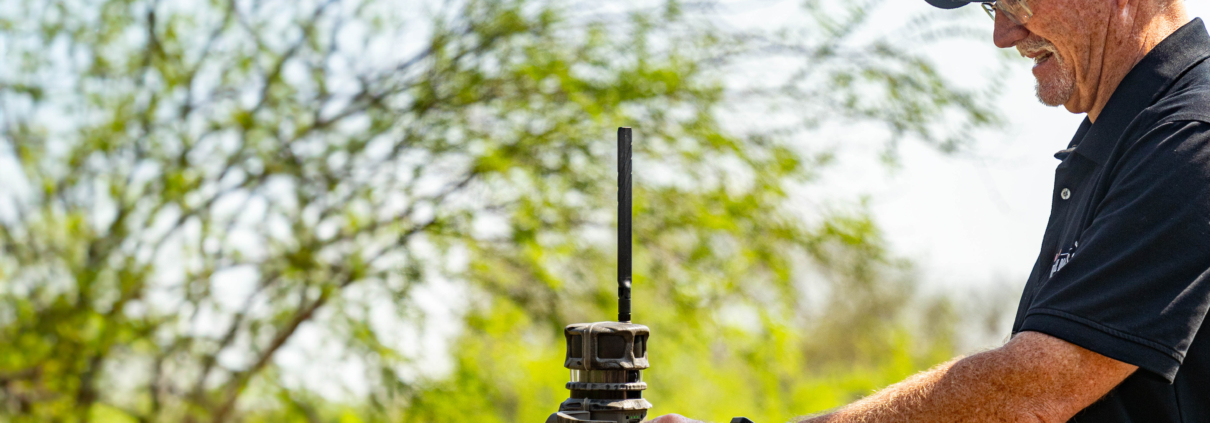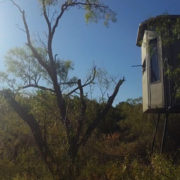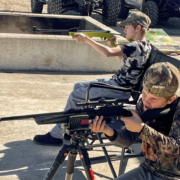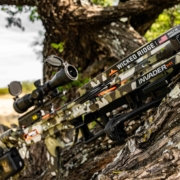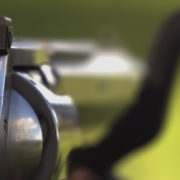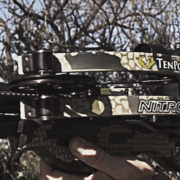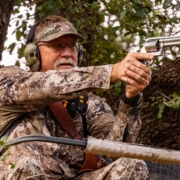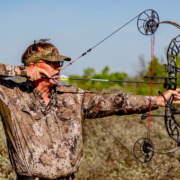In-Season Scouting Strategies for Successful Deer Hunting
by Wade Middleton
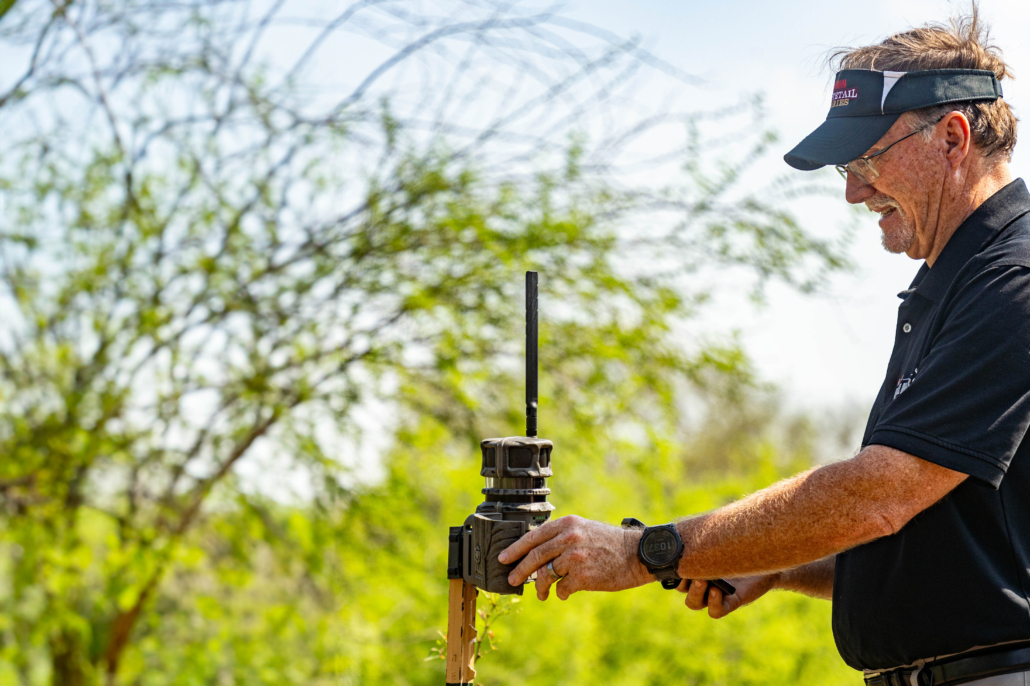
Scouting during the hunting season requires a different approach compared to preseason preparations. While preseason scouting focuses on identifying deer activity and setting up stands, in-season scouting is about fine-tuning your strategy based on real-time data. In this article, we’ll explore effective in-season scouting techniques, including the use of cell cameras, understanding deer movement, and the importance of preserving bedding areas.
The Power of Cellular Trail Cameras
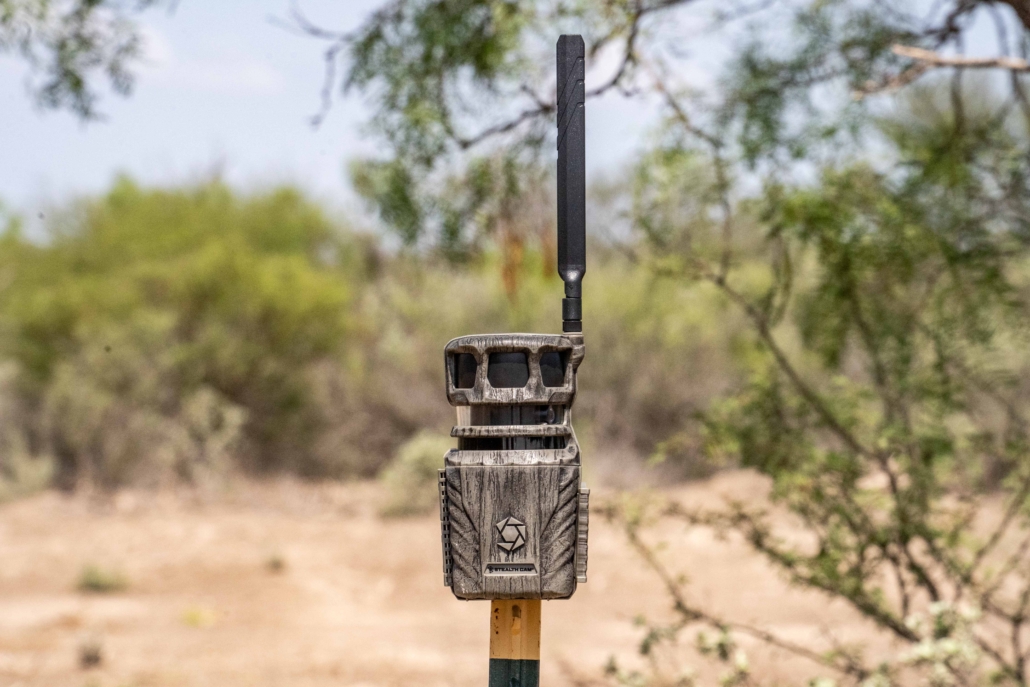
Using Technology to Gather Real-Time Data
One of the most effective tools for in-season scouting is the use of cell cameras. These devices provide valuable insights into deer activity without the need to disturb the area. By placing cell cameras early in the season, equipped with long-lasting batteries, you can monitor deer movements remotely. This technology allows you to determine whether big bucks are present in the area and adjust your hunting strategy accordingly.
Strategic Placement of Cameras
Once you’ve confirmed deer activity in an area, the next step is to understand their patterns:
Monitoring Travel Routes: Position your cameras along known travel routes between bedding areas, food sources, and water. This will help you identify when and where deer are most active.
Avoiding Over-Scouting: While it’s tempting to check your cameras frequently, doing so can disrupt deer patterns. Let the cameras do the work, and only visit them when absolutely necessary.
Respecting the Sanctity of Bedding Areas
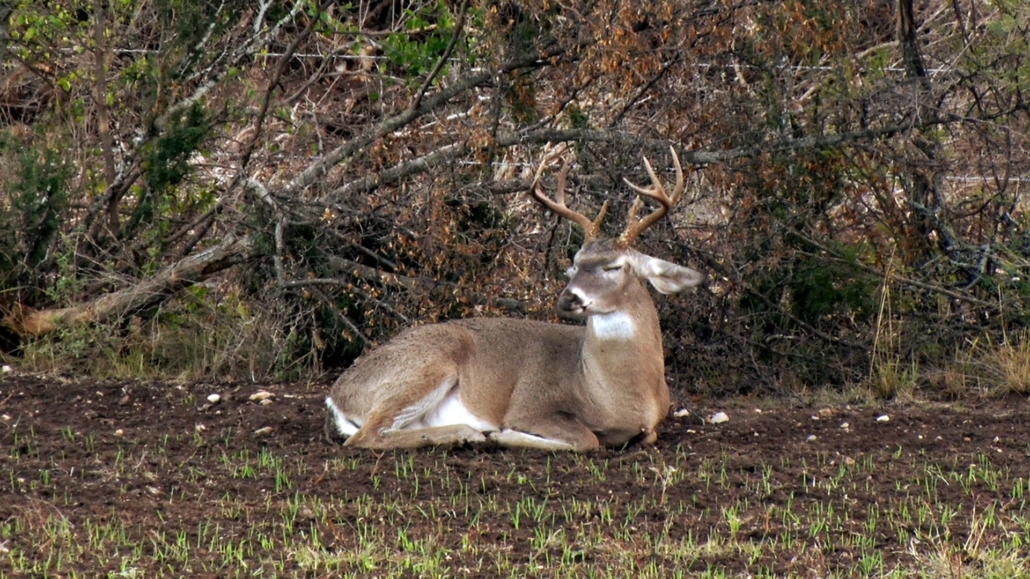
Why Bedding Areas Are Critical
Bedding areas are the core sanctuaries for deer, where they feel safest. Disturbing these areas during the hunting season can push deer to new locations, possibly even into neighboring properties where other hunters are waiting. Therefore, it’s crucial to avoid entering these sanctuaries unless absolutely necessary.
Understanding Deer Comfort Zones
When you do need to approach bedding areas, consider the following:
Mimicking Normal Activity: If deer in the area are accustomed to seeing farmers or ranchers working near their bedding areas, try to blend in with these activities. This reduces the chances of alarming the deer.
Minimizing Human Scent: Always play the wind and use scent control techniques when approaching these sensitive areas to avoid spooking the deer.
Strategic Hunting Based on Scouting Data
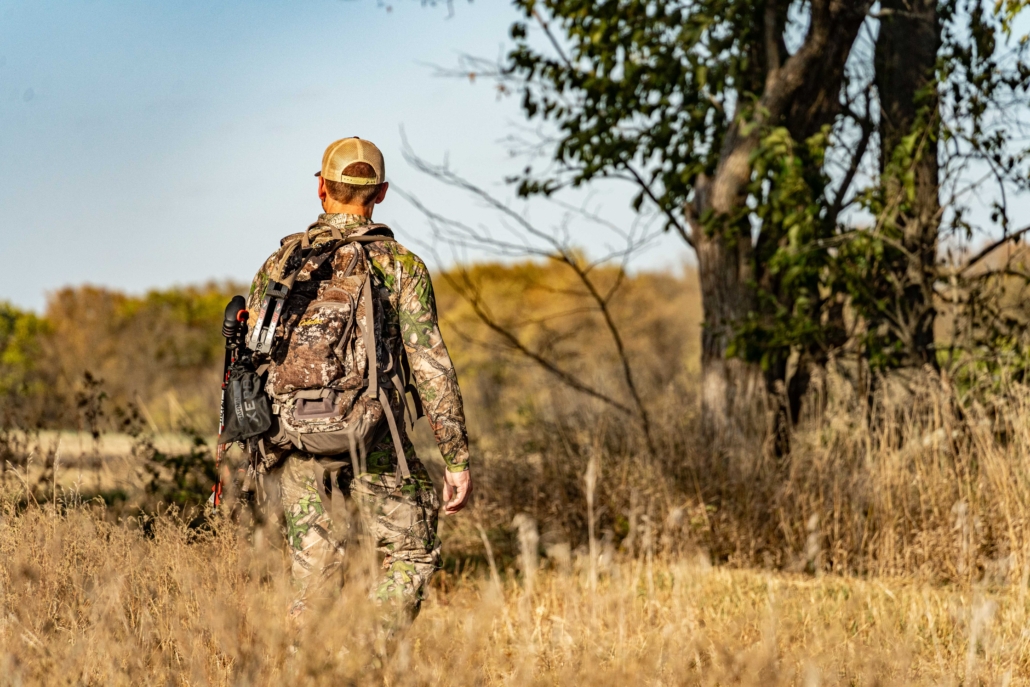
Planning Your Approach
After gathering data from your cameras and understanding the deer’s habits, the next step is to plan your hunt. This involves positioning yourself in a way that maximizes your chances of success:
Playing the Wind: Always hunt with the prevailing wind in your favor. This helps keep your scent away from the deer as they move from bedding to feeding or watering areas.
Setting Up Ambush Points: Based on your scouting, set up stands or blinds in locations where you anticipate deer movement. This could be along a well-traveled route or near a prime food source.
Executing the Plan
When conditions are right, it’s time to move in:
Waiting for the Perfect Moment: Be patient and wait for the ideal conditions—whether it’s a specific wind direction, weather pattern, or time of day—before making your move.
Adapting to the Situation: If the deer change their patterns, be ready to adjust your setup accordingly. Flexibility is key to successful in-season hunting.
In-season scouting is about gathering real-time data, respecting deer sanctuaries, and making informed decisions based on the information you collect. By using tools like cell cameras and understanding deer behavior, you can increase your chances of success without unnecessarily disturbing the deer. Remember, the goal is to be patient and strategic, allowing you to capitalize on the perfect opportunity when it arises.

